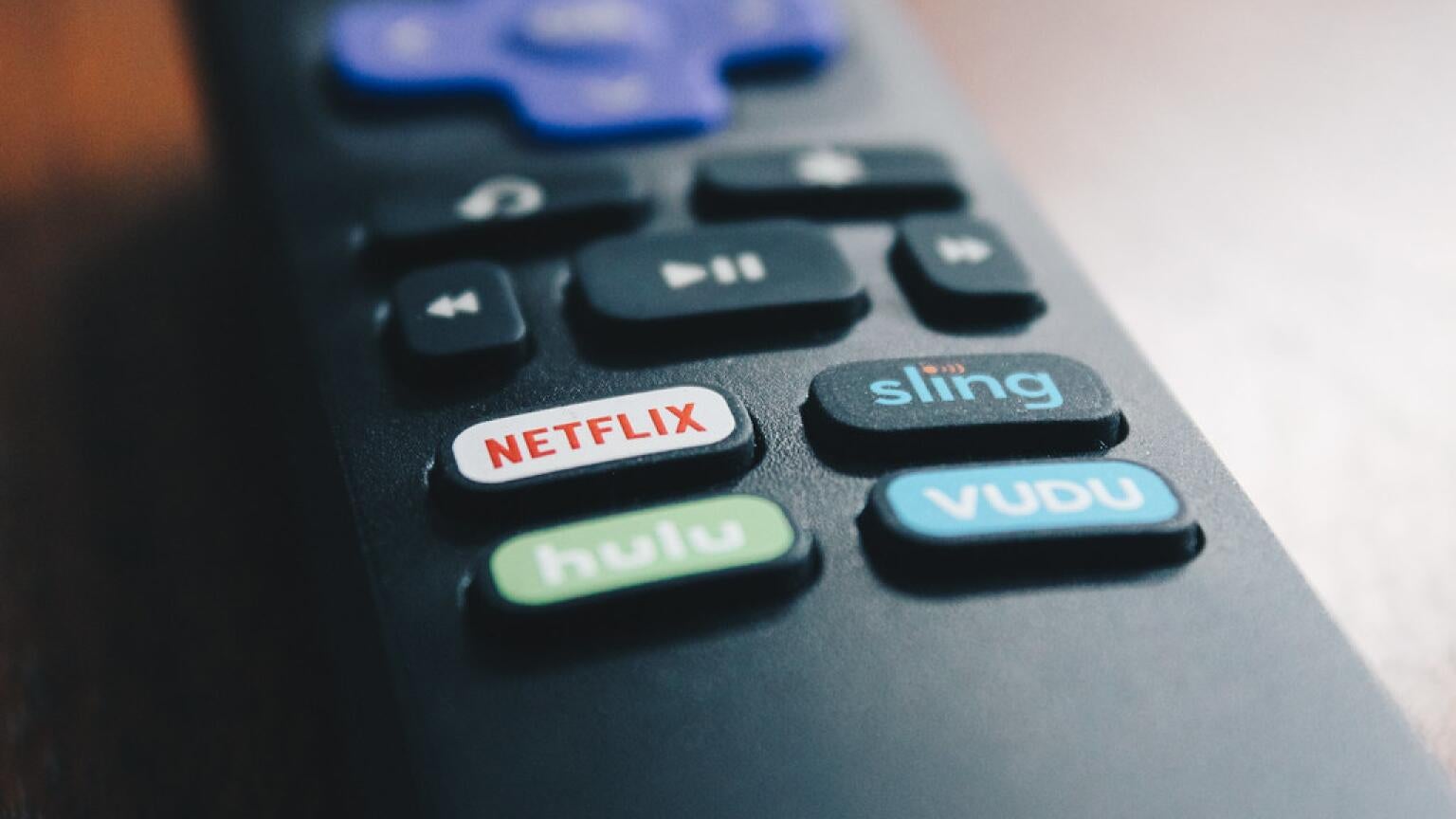Survey: Streaming Customers Without Pay TV Outnumber Those with It for First Time; Content Investment Leading Reason

The cord-cutting movement is continuing to sweep across the United States according to a new report from research firms MoffettNathanson and HarrisX, who spoke to over 24,000 U.S. respondents and found that cord-cutting is increasing in pace.
The data shows that for the first time, there are more streaming customers that don’t use a pay-TV subscription (42%) than there are streaming customers who do use a pay-TV subscription (39%). Streaming subscriptions remained flat overall, which means that there isn’t a large pool of potential customers for streaming services still to sign up.
It does mean, however, that more customers are growing comfortable thinking of streaming as a replacement for their pay-TV service. This increased comfortability is leading to defections from traditional TV subscriptions at a faster rate than ever before.
Pay-TV subscription growth is at -6.1% for the third quarter of 2022, the lowest it has ever been. Since the first quarter of 2019, more and more households are abandoning cable, satellite, and similar live TV streaming services. Since Q1 2019, there has been a year-over-year decline in subscribers of more than 1% each quarter, and that was only exacerbated by the pandemic. While things have been trending in the wrong direction since as early as 2013, the past two and a half years have accelerated the traditional TV experience’s demise.

One big reason that pay TV is seeing such epic rates of customer exodus is the amount of content available to them on services like Netflix, Prime Video, and Hulu. Between 20-25% of customers who left traditional TV packages for these services said it was because of the content offered.
Whether that is because of individual titles offered exclusively on subscription video-on-demand (SVOD) services or the amount available on free ad-supported streaming TV (FAST) channels, the value proposition for consumers has clearly swung in favor of streaming in recent years.

Media companies are increasingly prioritizing spending on streaming content over that on their linear networks, and streaming platforms are clearly seeing the benefits of that shift in priorities. Minutes viewed across all streaming platforms in Q3 of this year increased 25% year over year.
What’s most notable about this data is that free services Tubi (106%), the Roku Channel (75%), and Pluto TV (60%) saw the three biggest year-over-year growths across all streaming platforms included. Live TV streamer DIRECTV STREAM was essentially tied with Pluto, and HBO Max (34%) was the highest-performing SVOD service, while the streaming industry as a whole saw a 25% increase in minutes viewed.

While FAST services saw the most growth, Netflix still remains the leader in total minutes streamed. With the streaming giant’s continued investment in original content far outpacing other streamers, that isn’t surprising.
Netflix released over 1,000 original episodes in the second quarter of 2022, breaking its own record. That number is also nearly five times as many as the streamer with the second most original episodes, Hulu. Keep in mind, however, that how Netflix defines originals might be slightly different than how many perceive it. While the world’s largest streamer does produce and create an exceptionally large number of homegrown titles, it also includes films and series that it debuts in certain regions as originals, even if they originally premiered elsewhere in other countries.
For example, even though “The Great British Bake Off” airs on Channel 4 in the U.K., domestically it is considered a Netflix Original. Similarly, shows that originally aired in the U.S. on The CW and stream on Netflix domestically are considered Netflix Originals overseas.

Netflix planned to spend $17 billion on content in fiscal year 2022, and the results of that spending speak for themselves. With the planned launch of its ad-supported tier coming as early as next month, Netflix could see revenues soar to the point that it’s ready to increase its content spend even more.
If that happened, it could even bring an even more precipitous decline in pay TV subscriptions. Customers are finding more reasons than ever to cut the cord. With streamers spending more on content and introducing lower price tiers at the same time, pay-TV providers might want to start thinking about new ways to adapt to their shrinking market.

